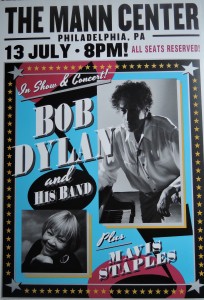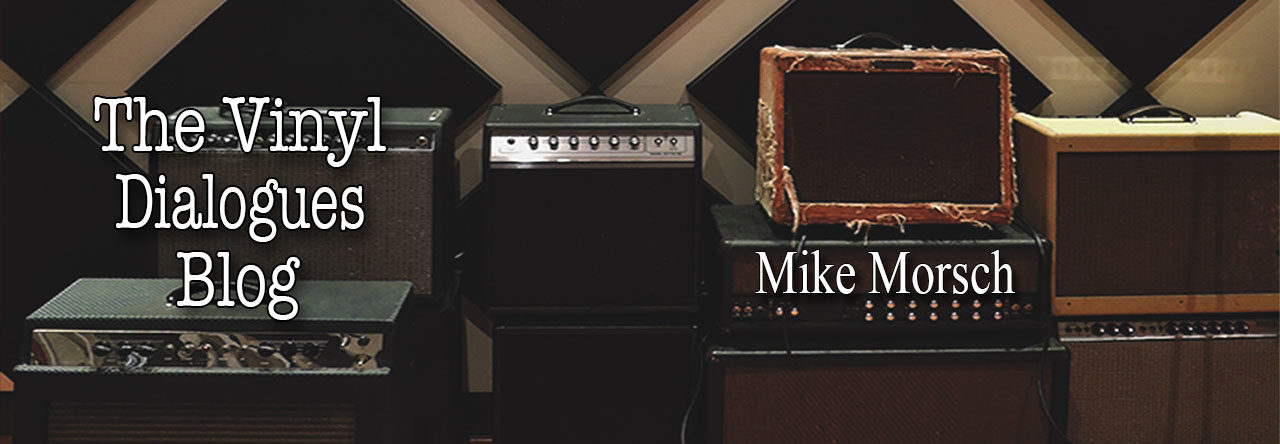 The between-song banter by Mavis Staples – who is opening for Bob Dylan on his summer tour – Wednesday night at the Mann Center for the Performing Arts in Philadelphia included an interesting and somewhat unexpected observation.
The between-song banter by Mavis Staples – who is opening for Bob Dylan on his summer tour – Wednesday night at the Mann Center for the Performing Arts in Philadelphia included an interesting and somewhat unexpected observation.
“Oh, that Bobby Dylan. I love listening to him sing, but I also love to watch him move,” said Ms. Staples, 77, a longtime member of the gospel, soul and R&B family singing group The Staple Singers and later a solo artist, who revealed last year that Dylan once proposed to her when they were teenagers and she turned him down. “He’s got that swagger.”
“Does Bob move with a swagger?” I asked my friend Ted, who has seen Dylan approximately 25 times in concert and had driven all the way from Illinois (919 miles and 14-and-a-half hours in what has been dubbed the 2016 Iron Undershorts Tour) to accompany me to my … Read more
